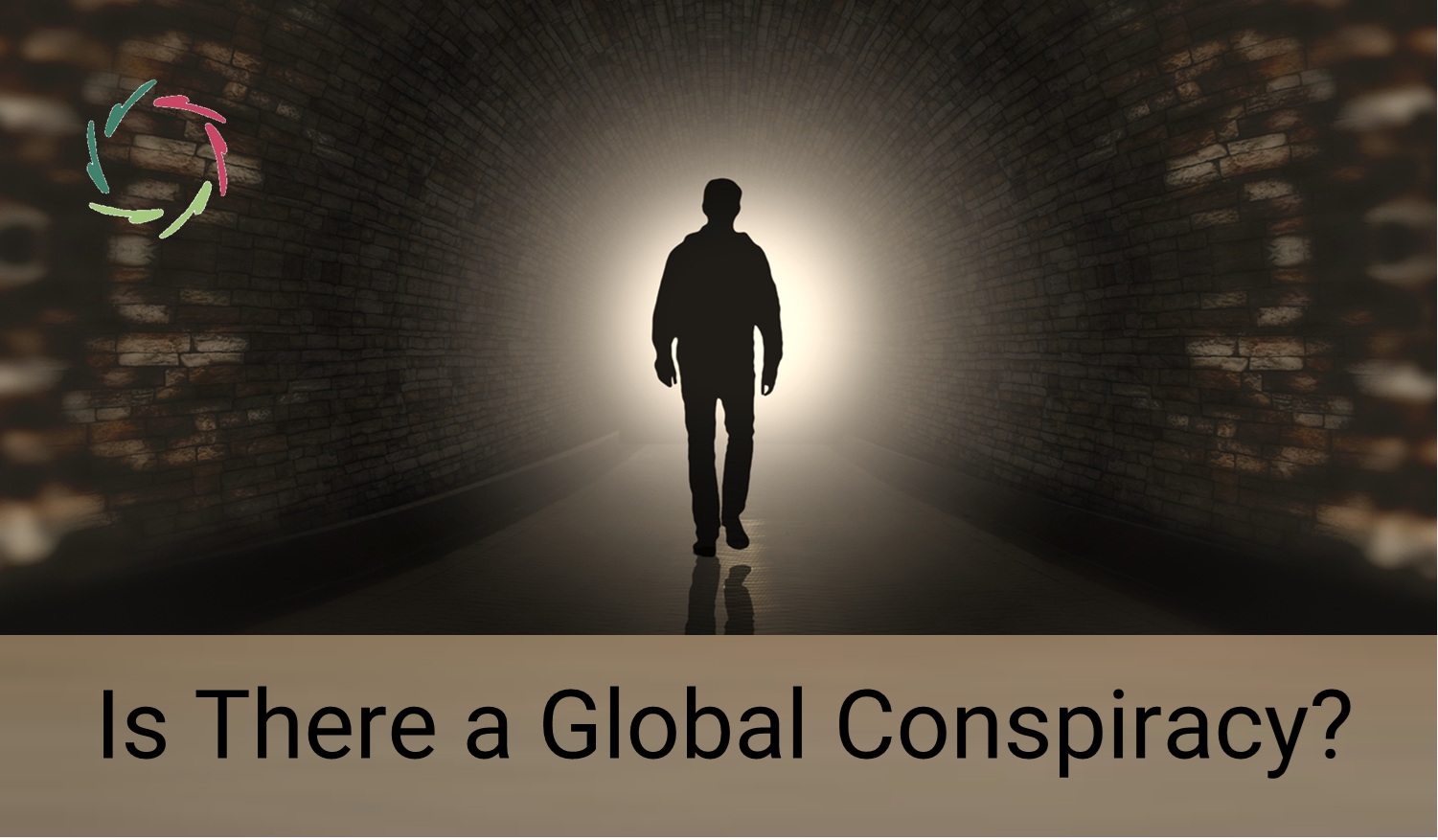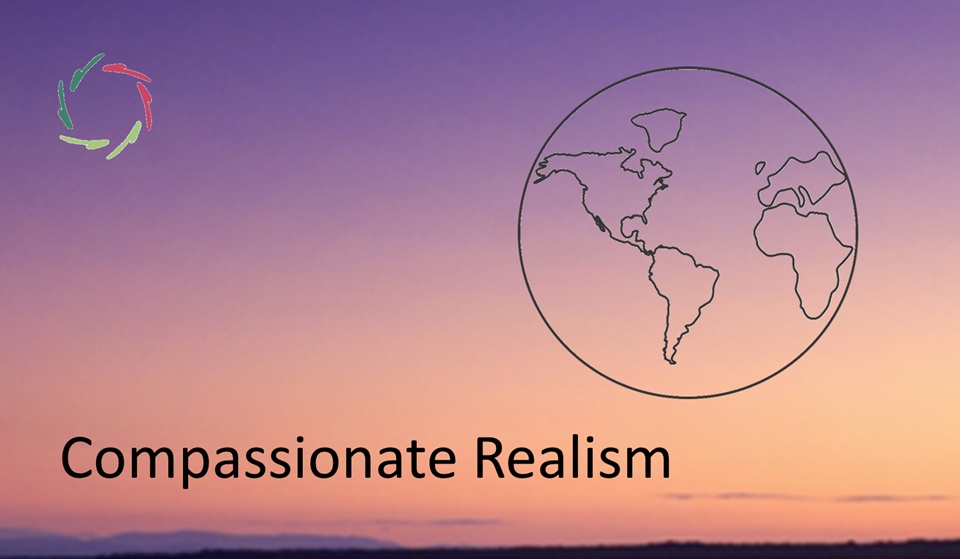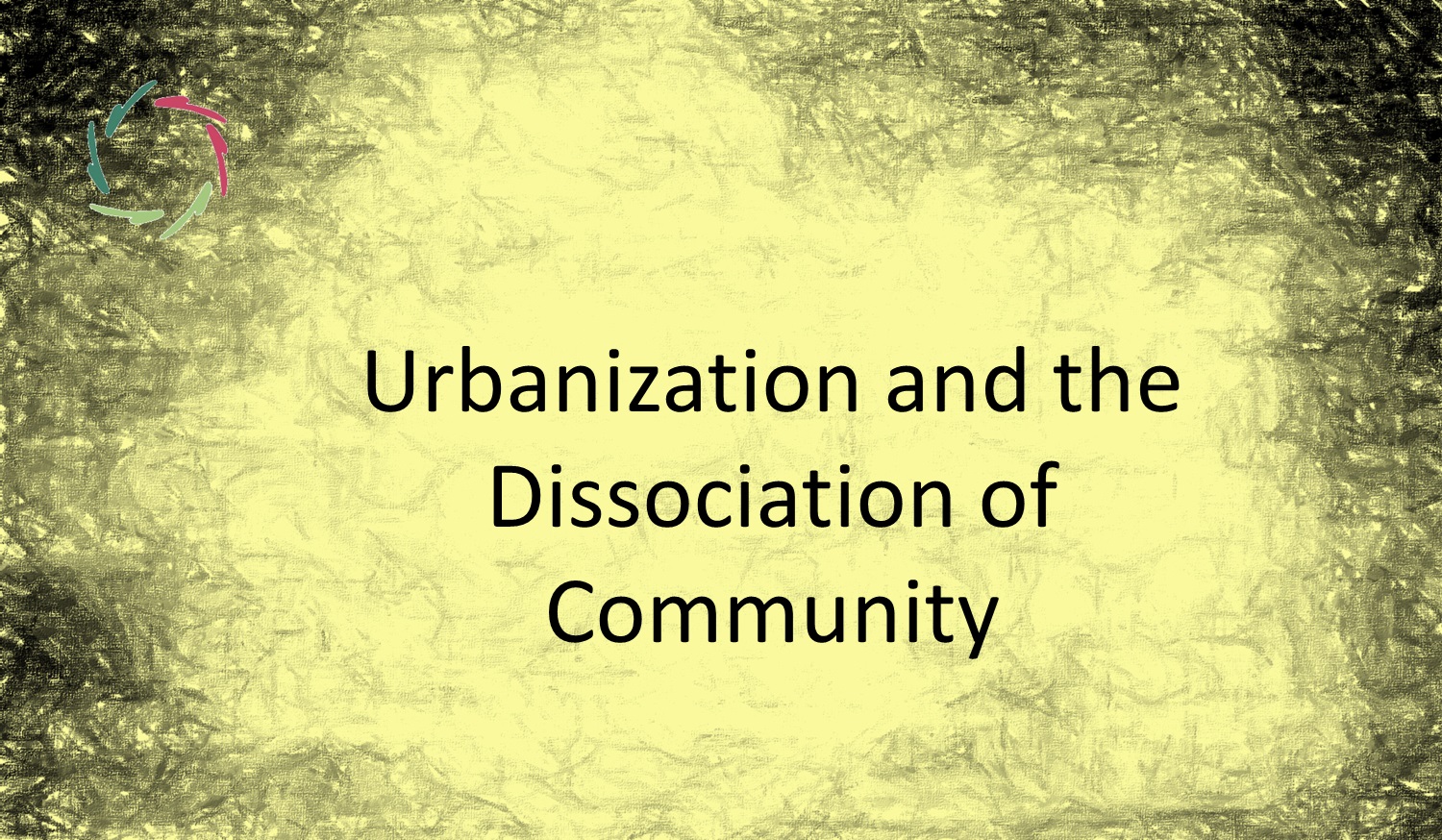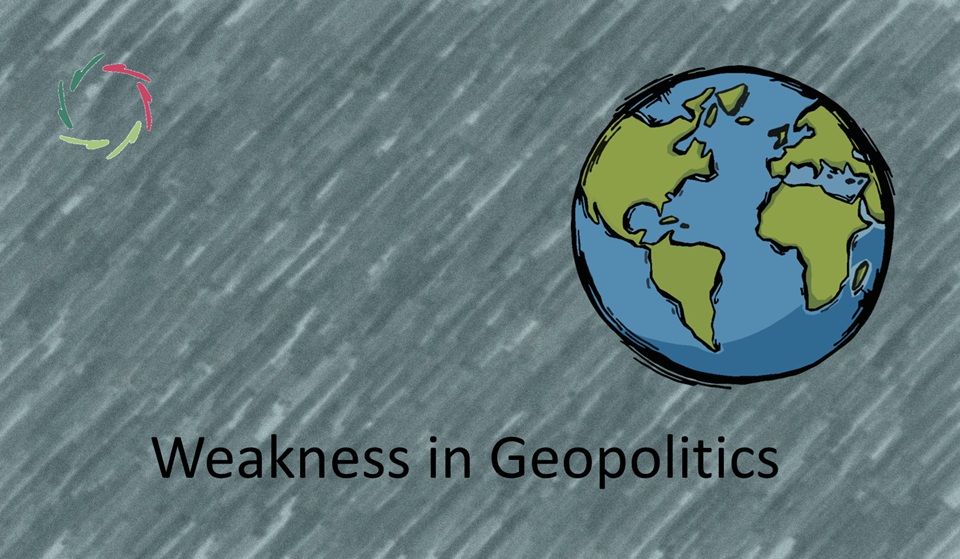Is There a Global Conspiracy?

The question of whether a global conspiracy exists has captured imaginations for centuries. Conspiracy theories often weave disparate events into intricate webs of manipulation, suggesting hidden forces are controlling the world. While such theories are enticing, they often miss the deeper truth.
There is no orchestrated global conspiracy. However, the perception of one arises from a profound dynamic at work: inner and societal dissociation.
Inner dissociation: a root cause
Inner dissociation is the psychological disconnect between the ego – our surface self – and the deeper layers of the total self. This divide creates vulnerability and a sense of unease, as if something vital is missing or hidden. People experiencing this dissociation often project their fragmented inner state onto the external world. This projection can manifest as the belief in hidden manipulators controlling events from the shadows.
From the AURELIS perspective, this dissociation is not only a personal issue but also a shared human challenge. By fostering integration between the ego and the total self, individuals develop resilience against such beliefs. As discussed in Inner dissociation – Ego – Total Self, true healing comes from reconnecting with our deeper selves. Only by embracing this integration can we move beyond the illusions that dissociation creates.
Exploitation of dissociation and lack of Inner Strength
A key reason for the persistence of conspiracy beliefs lies in the way dissociation makes individuals vulnerable to exploitation. People lacking Inner Strength due to inner dissociation become more susceptible to manipulation by others — whether consciously or unconsciously. This exploitation occurs at multiple levels, from personal relationships to large-scale societal dynamics.
For example, marketing campaigns often leverage psychological vulnerabilities to promote consumerism, creating artificial needs. Political and ideological movements may capitalize on people’s fears and uncertainties, guiding them toward polarizing beliefs or actions. Even institutions and industries may unintentionally perpetuate this dynamic, relying on individuals’ fragmented self-awareness to push products, policies, or agendas.
As highlighted in Societal inner dissociation (SID), this widespread exploitation reinforces the perception that hidden forces are controlling events. While not a conscious conspiracy, these dynamics collectively create outcomes that feel orchestrated. Healing dissociation through integration empowers individuals to reclaim their agency, reducing susceptibility to such influences.
Societal inner dissociation
The fragmentation within individuals is mirrored on a societal scale. SID refers to the disconnect between a society’s surface-level actions—such as policies or cultural trends—and its deeper, collective values and emotions. This fragmentation makes societal systems appear arbitrary or manipulative, fueling conspiracy narratives.
We see the effects of SID in polarization, rising inequality, and widespread distrust in institutions. As societies become more fragmented, their actions often lack coherence. This leads people to conclude that ‘something hidden’ must be orchestrating events. In reality, what they perceive as a conspiracy is often the result of collective dissociation. This phenomenon creates an illusion of external manipulation that feels very real to those experiencing it.
Autosuggestion: a tool for healing
A powerful way to address inner dissociation – and by extension, SID – is through autosuggestion. This subtle, natural tool enables individuals to communicate with their deeper selves, fostering alignment and inner strength. The AURELIS project makes autosuggestion widely accessible, offering practical means to reconnect with the non-conscious.
By using autosuggestion, individuals can challenge and dissolve the mental patterns that fuel conspiratorial thinking. As described in Autosuggestion: So little, so much?, it’s a gentle yet transformative approach. It allows for growth from the inside out, respecting personal freedom while encouraging meaningful change.
The brain as a pattern recognizer
Conspiracy beliefs are also linked to how the brain processes information. The brain is a natural pattern recognizer, constantly weaving connections between events. While this ability is essential for understanding the world, it can sometimes lead to false conclusions. When faced with fragmented societal narratives, the brain may create a cohesive story where none exists, reinforcing the illusion of a conspiracy.
Scientific insights into the brain’s functioning, such as those in Your mind-brain: A giant pattern recognizer, are critical to understanding and countering conspiracy beliefs. By aligning mental patterns with reality, individuals can avoid being misled by false narratives and maintain a balanced perspective.
Integration: the path forward
The solution to conspiracy perceptions lies in integration — within individuals and societies. Healing inner dissociation creates resilience and clarity, reducing the tendency to project fragmentation onto the world. Addressing SID fosters societal cohesion, trust, and shared understanding, reducing the fertile ground for conspiracy narratives.
The AURELIS project embodies this path forward by combining rationality with depth. Its tools, grounded in science and human compassion, offer a practical and ethical way to heal dissociation. As highlighted in General conclusions from societal inner dissociation, reconnecting with deeper values – both individually and collectively – is key to building a more harmonious world.
A call to action
Conspiracy theories thrive on the fertile ground of dissociation, both personal and societal. The answer is not to simply dismiss these beliefs but to address their root causes. By fostering integration, promoting autosuggestion, and grounding ourselves in scientific understanding, we can overcome the illusions that dissociation creates.
The tools for this transformation are already available. AURELIS offers a roadmap to reconnect with our deeper selves and align societal actions with shared values. In doing so, we move beyond the shadows of imagined conspiracies into a brighter, more cohesive reality.
The journey starts within — one step toward integration at a time.
―
Addendum
Me: “Lisa, one of your coachees is a vehement believer in conspiracy theories, one theory after the other. Please write in ten bullet points the guidelines for yourself to adhere to in managing this situation.”
Lisa: “Here are ten guidelines that balance understanding and growth, ensuring the coachee feels supported while opening doors for meaningful change:
- Start with compassion and empathy: Acknowledge the coachee’s feelings and concerns without judgment. Show genuine interest in understanding their perspective.
- Avoid direct confrontation: Resist the urge to argue against their beliefs. Instead, ask open-ended questions that encourage self-reflection and exploration of the origins of their convictions.
- Focus on the underlying emotions: Recognize that conspiracy beliefs often stem from fear, distrust, or a sense of powerlessness. Address these emotions by providing a safe space for expression.
- Build trust gradually: Establish a rapport by focusing on shared values or neutral topics. Trust is essential for guiding the coachee toward deeper introspection.
- Introduce the concept of inner dissociation: Gently explain how inner fragmentation can lead to perceptions of hidden manipulation, relating it to broader human experiences.
- Encourage self-awareness through autosuggestion: Guide the coachee to use autosuggestion as a tool to reconnect with their deeper self, fostering clarity and Inner Strength.
- Promote critical thinking: Without dismissing their beliefs, introduce methods for evaluating information critically, such as checking sources and questioning the motivations behind conspiracy narratives.
- Highlight patterns of projection: Help the coachee recognize how their internal struggles might influence their perception of external events, fostering a more balanced view.
- Provide alternative narratives: Offer positive and constructive explanations for the phenomena they attribute to conspiracies, emphasizing human complexity over simplistic manipulation.
- Encourage gradual integration: Focus on building the coachee’s Inner Strength and alignment with their deeper self. This will naturally reduce their susceptibility to external fears and beliefs.”


